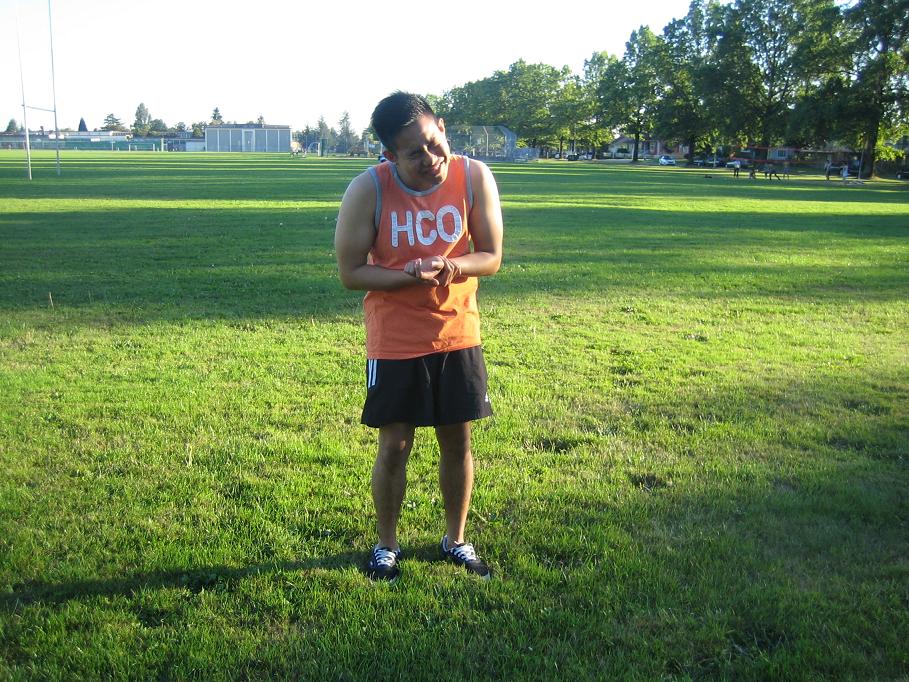A finger fracture involves a break or crack in one or several finger bones. The damage might be simply a bend or miniature crack in the bone or the bone might shatter into several fragments. In serious cases, the bone might pierce through the skin.
A finger fracture typically occurs from the following:
- Hitting or being struck by a hard object
- Falling onto the hand
- The finger was slammed in a door
A finger fracture is also due to health conditions that cause weak or brittle bones.
What are the signs?

The usual indications of a finger fracture might include:
- Popping or snapping sound at the time of injury
- Swelling, throbbing, bruising or soreness that manifests after the injury
- Discomfort when touching the site of injury
- Deformity of the affected finger
- Swelling or achiness that prevents bending or using the finger
- Site in the finger is pale, cold or numb
Management of finger fracture
The treatment for a finger fracture involves the following:
- If a wound is present along with the finger fracture, it requires treatment with an emphasis on controlling the bleeding or preventing infection.
- In case the fracture appears crooked, the doctor will decide to straighten it. The doctor provides drugs initially so that the procedure is less painful.
- Oftentimes, the doctor performs surgical intervention to restore the bones into the right position.
- The doctor might place a splint on the finger or “buddy taped” to the finger next to it.
Generally, with proper treatment, a finger fracture might take 4-6 weeks to recuperate. Furthermore, the individual should perform special exercises to strengthen and improve the flexibility of the affected finger.
Quick Note / Disclaimer
The material posted on this page on a finger fracture is for learning and educational purposes only. To learn to recognize the signs and how it is treated, register for a first aid and CPR course with Saskatoon First Aid.
FACT CHECK
https://orthoinfo.aaos.org/en/diseases–conditions/finger-fractures/

